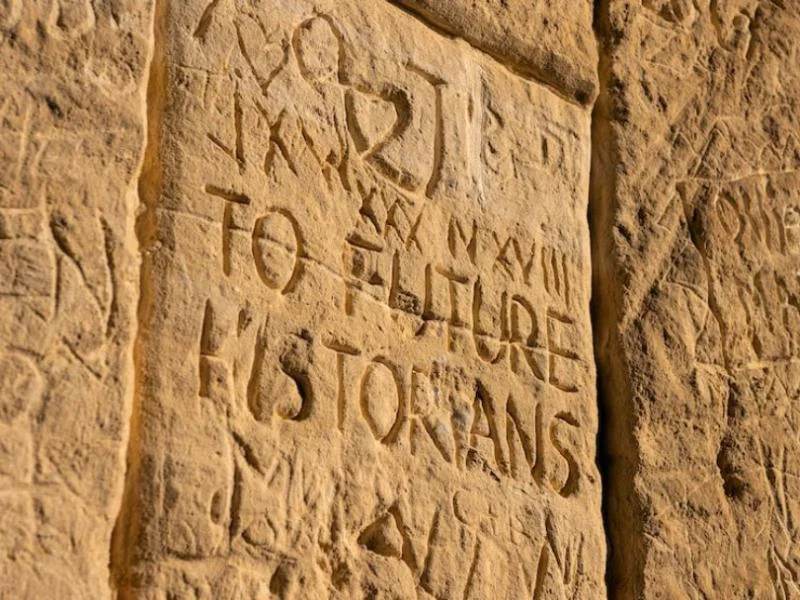Both historians and curators work with artefacts and documents from the past, but their jobs differ in a few important ways. Historians study and explain the past by doing research, analysing it, and writing about it. They usually focus on a certain time period or event. They use first-hand sources like diaries, letters, and photos to learn about the past.
Curators, on the other hand, are in charge of collecting, preserving, and putting on display historical artefacts in museums, galleries, and other cultural institutions. They work to get new items, set up shows, and make sure the collections are cared for and kept in good shape. Even though historians and curators sometimes work together, their main goals are different. Historians try to figure out what happened in the past, while curators try to keep the past alive and show it to the public.
Who is a Historian?
A historian is a person who makes a living by studying and explaining the past. Historians do research, look at data, and write about people, places, and events in the past. They use a variety of sources, like primary documents, artefacts, and secondary literature, to get a clear and complete picture of what happened in history and what it all meant. Most historians focus on certain times, places, or topics, like the Civil War, mediaeval Europe, or the history of women. They may work in universities, museums, government agencies, or non-profits.
Historians are very important because they help us understand where our societies, cultures, and institutions came from and how they changed over time. They also shape our collective memory and sense of who we are. In addition to doing research and writing, historians teach and guide students, participate in public discussions about historical issues, and work with other scholars and institutions on projects.
Who is a Curator?
A curator is an expert who takes care of, preserves, and manages collections of historical artefacts, works of art, and other cultural items. A curator’s main job is to find, catalogue, and display things important to culture and history. This means researching what objects were used for and what they meant, setting up exhibits and displays, and ensuring that objects are well-kept and safe from damage or deterioration. Curators work in many places, like museums, art galleries, libraries, and historical archives.
In addition to their practical duties, curators are responsible for keeping ethical standards and practise in the care and management of collections and contributing to the larger conversation about cultural and historical issues. Curators also work with other professionals, like conservators and exhibition designers, to plan and put on exhibits and make sure that visitors have a fun and educational time. They may also do things like give talks and lectures or lead guided tours of exhibitions as part of their outreach and public education work.
Difference Between Historian and Curator
Even though historians and curators work with artefacts and documents from the past, their jobs are different in several important ways. Historians mostly use research, analysis, and writing to learn about and explain the past. They focus on learning about the past by looking at primary sources like diaries, letters, and photos to learn about people’s beliefs, values, and experiences from different times and places. Most historians focus on certain times or events and use their research to write books, articles, and other forms of scholarship.
Conversely, curators are in charge of collecting, preserving, and showing off historical artefacts in museums, galleries, and other cultural institutions. They work to get new items, set up shows, and make sure the collections are taken care of and kept in good shape. Curators may research the objects in their care, but their main job is keeping them safe, displaying them in exciting ways, and teaching visitors something.
The people they work for are another important difference between historians and curators. Most historians write for other historians, academics, and scholars. Curators have to think about how to show historical artefacts in an informative and exciting way. Conversely, curators try to make exhibits and displays that the general public can understand and enjoy. At the same time, historians focus on analysing and explaining primary sources for an audience of experts. In short, historians and curators work with artefacts and documents from the past, but their roles are different in terms of what they focus on, who they work for, and their goals.







